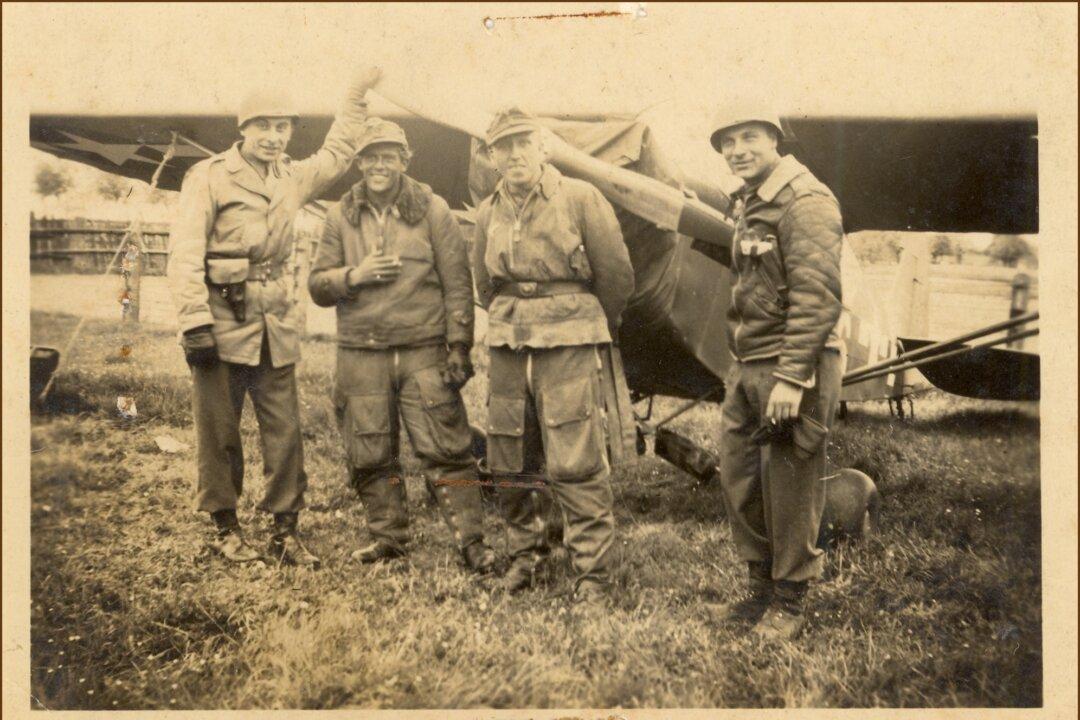There’s an old joke that goes, “Who’s buried in Grant’s Tomb?” The answer, of course, is Grant. That is, Ulysses S. Grant, a Union general during the Civil War and then the 18th president of the United States.
Andrew Astley is a National Park Service ranger assigned to Grant’s Tomb in New York City, which is officially called the General Grant National Memorial.






